Crafting the perfect smoked BBQ chicken involves selecting high-quality bone-in, skin-on chicken, choosing between tomato-based sauces or honey/maple infusions, and maintaining a precise smoking temperature (225°F – 300°F / 107°C – 149°C). Brining enhances flavor and tenderness, while hardwoods like oak, hickory, or mesquite add depth. A key step is the resting period after cooking to distribute juices. Master sauce application for a shiny finish and tender meat. Curate sides like potato salad, coleslaw, grilled vegetables, and bean salad to complement the main dish. Store leftovers properly and reheat thoroughly to maintain quality.
Unleash your inner culinary enthusiast with this ultimate guide to crafting the perfect smoky BBQ chicken – a recipe that satisfies every food lover’s dream. From selecting the ideal chicken and saucy secrets to mastering smoking techniques, we’ll take you on a journey from prep to plate. Learn the art of brining for enhanced flavors, discover tips for even cooking, and savor the magic of sauce application. Plus, uncover the secret resting time that ensures every bite is tender and packed with flavor. Get ready to impress with this mouthwatering smoked BBQ chicken recipe!
- Ingredient Selection: Choosing the Best Chicken and BBQ Sauces
- Setting Up Your Smoker for Optimal Smoking Temperature
- The Art of Brining: Enhancing Flavor Before Smoking
- Smoking Techniques: Tips for Evenly Cooked, Juicy Chicken
- Masterful Sauce Application: When and How to Glaze Your Chicken
- Resting Time: Why It's Crucial for Tender, Flavorful Chicken
- Serving Suggestions: Accompaniments for a Memorable Meal
- Storage and Reheating: Keeping Your Smoky BBQ Chicken Delicious
Ingredient Selection: Choosing the Best Chicken and BBQ Sauces
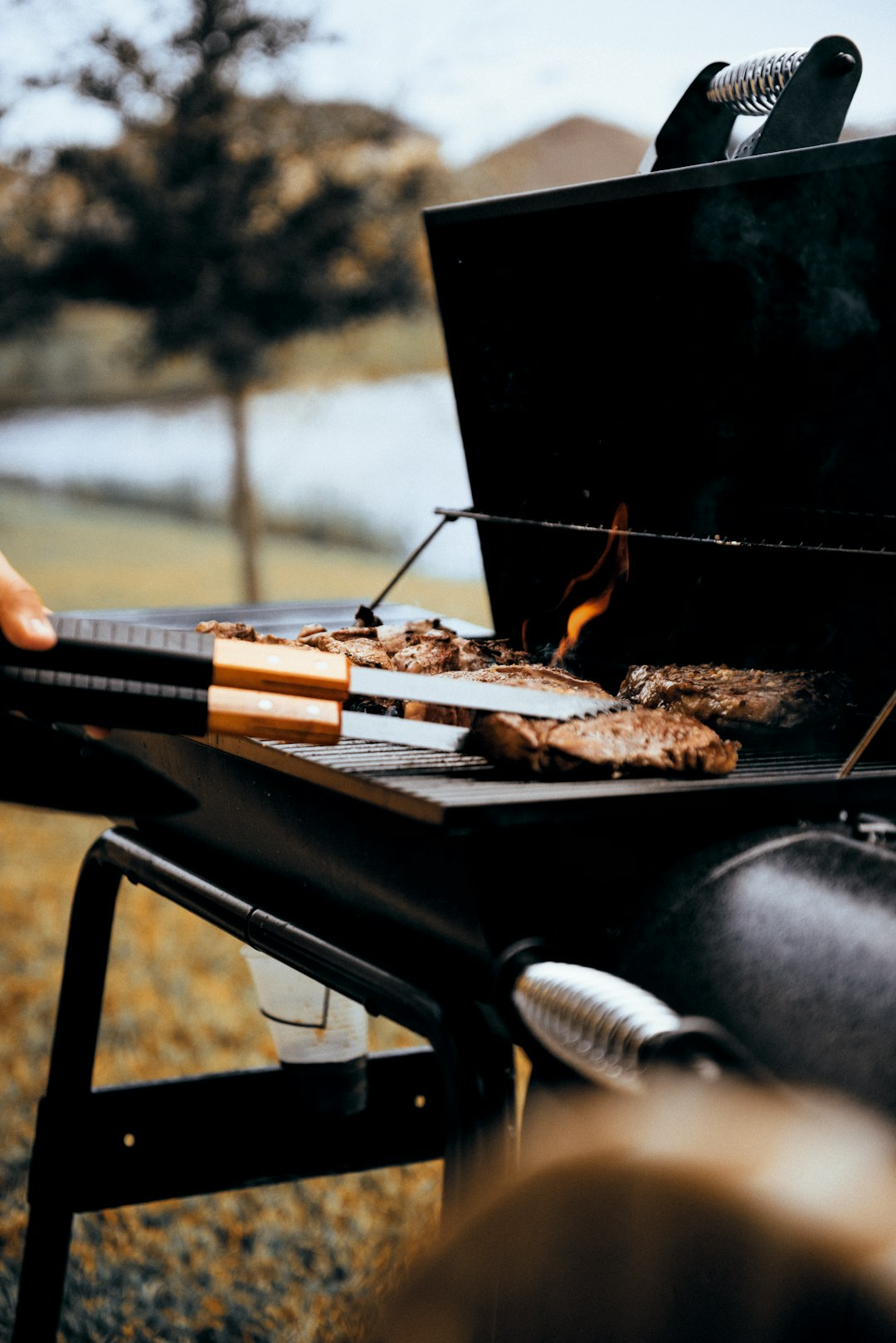
When crafting a smoked BBQ chicken recipe, the first step lies in selecting the perfect ingredients. In terms of chicken, opt for high-quality, bone-in, skin-on halves or whole birds. This ensures a rich, moist texture and savory flavors that infuse during the smoking process. Look for chickens with a good balance of meat to bone, as this promotes even cooking.
For the BBQ sauces, choose a variety that aligns with your taste preferences. Traditional tomato-based sauces offer a sweet and tangy profile, while honey or maple-infused options provide a deeper, sweeter kick. Consider spice levels too – mild for all ages or heat-lovers only. The right combination of chicken and sauce is key to creating a mouthwatering smoked BBQ chicken dish that’ll satisfy any food lover.
Setting Up Your Smoker for Optimal Smoking Temperature
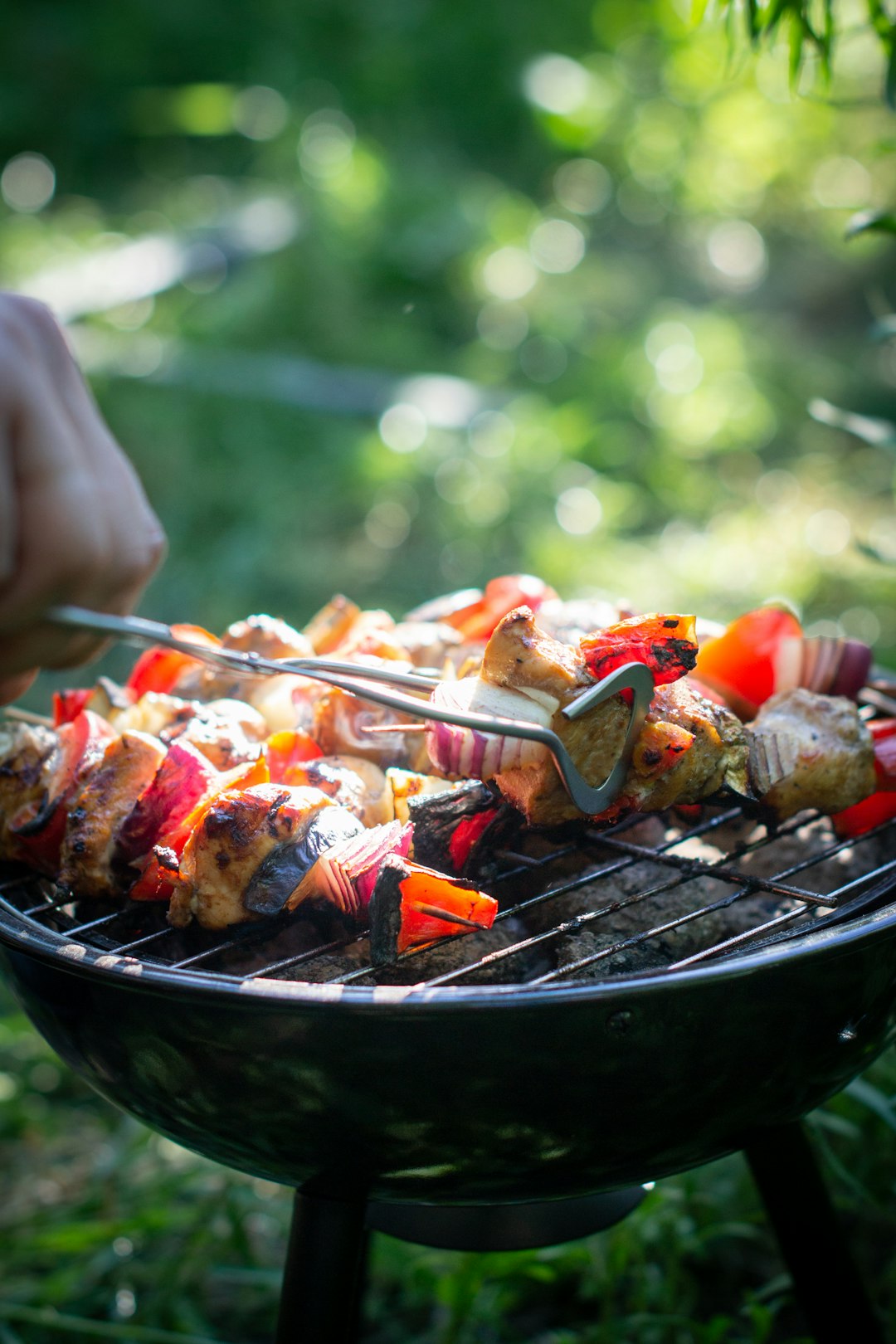
To achieve perfect smoky BBQ chicken, the first step is to set up your smoker for optimal smoking temperature. The ideal range for smoking chicken is between 225°F and 300°F (107°C to 149°C). This slow, consistent heat ensures even cooking and maximum flavor penetration. Before you begin, make sure your smoker is clean and well-maintained. Preheat it to the desired temperature using a reliable thermometer to monitor accuracy. Use a combination of hardwoods like oak, hickory, or mesquite for a rich, smoky flavor that elevates your smoked BBQ chicken recipe to new heights.
The Art of Brining: Enhancing Flavor Before Smoking
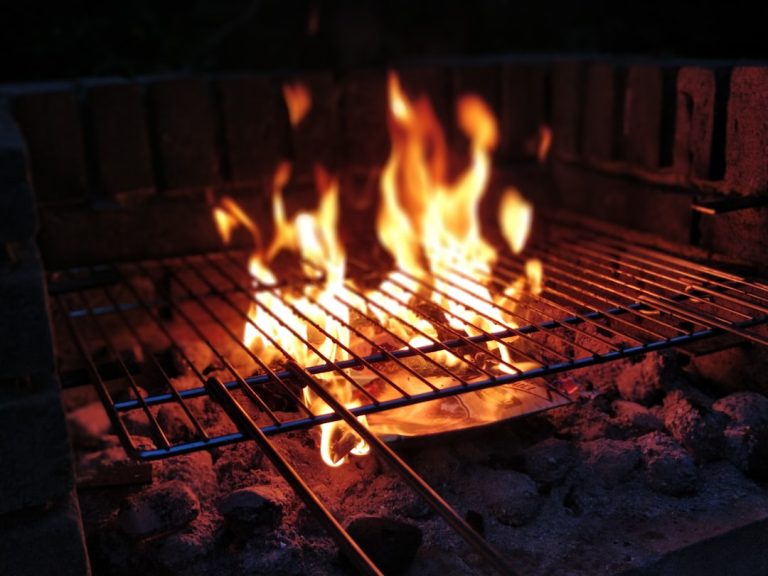
The art of brining is a crucial step in preparing smoked BBQ chicken, as it significantly enhances the flavor profile of your final dish. Brining involves submerging the chicken in a mixture of salt and various spices for an extended period. This process not only tenderizes the meat but also deepens its natural juices, resulting in a more flavorful and juicy bird when smoked.
By brining your chicken before smoking, you create a complex tapestry of flavors that stick around long after the first bite. The salt helps draw out moisture, ensuring the chicken stays moist during the slow-cooking process. Additionally, the spices in the brine add depth and aroma, transforming your smoked BBQ chicken recipe into an unforgettable culinary experience for food lovers.
Smoking Techniques: Tips for Evenly Cooked, Juicy Chicken
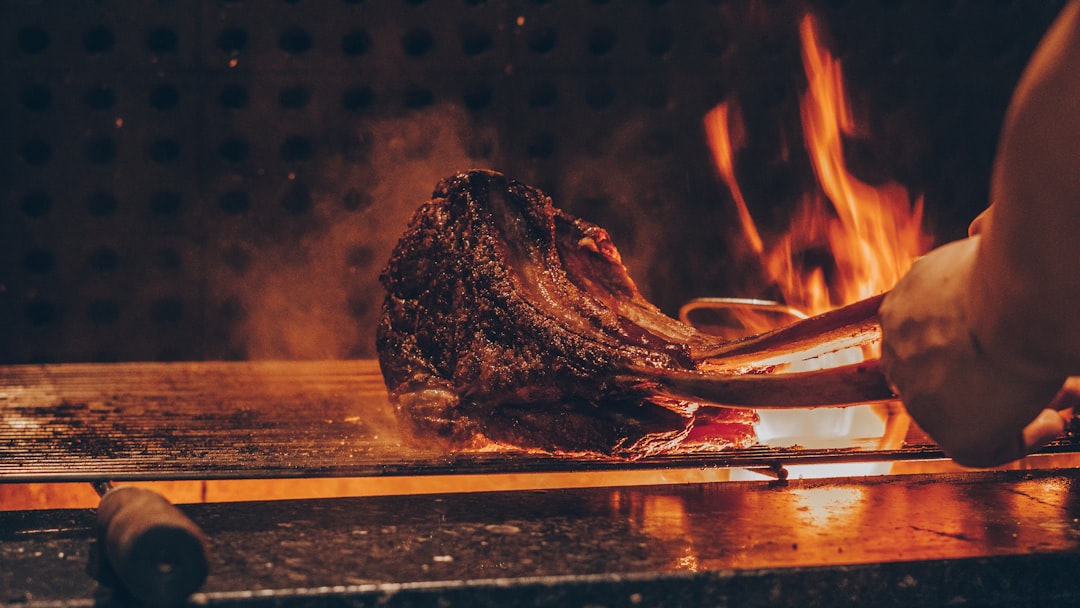
Smoking is an art that can elevate your smoked BBQ chicken recipe to new heights. The key to success lies in maintaining a consistent temperature and using a combination of direct and indirect heat. Start by preheating your smoker to the desired level; most recipes recommend around 225-250°F (107-121°C). This slow cooking method ensures that the chicken cooks evenly, locking in juices and resulting in tender, flavorful meat.
For an even smoke distribution, rotate your chicken halfway through the cooking process. This simple technique prevents hot spots from forming, ensuring every part of the bird is cooked to perfection. Remember, patience is a virtue when smoking; let the chicken rest for 10-15 minutes before slicing to allow the juices to redistribute, guaranteeing a juicy and mouthwatering smoked BBQ chicken experience.
Masterful Sauce Application: When and How to Glaze Your Chicken
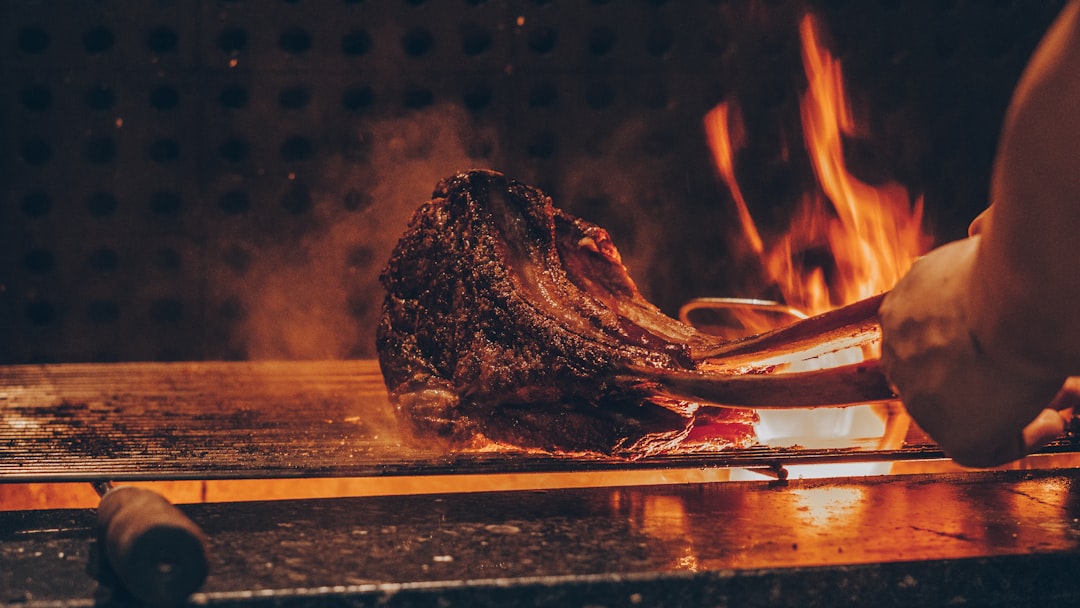
For the ultimate smoky BBQ chicken experience, mastering the art of sauce application is key. The perfect moment to glaze your chicken is towards the end of the smoking process, when the meat is tender and the flavors have melded together. This strategic timing ensures that the sauce sticks to the chicken, locking in those mouthwatering juices and enhancing the overall taste profile.
Begin by brushing a generous layer of your favorite BBQ sauce over each piece of chicken. Allow it to coat evenly, then return the chicken to the smoker for a few more minutes to set the glaze. This simple step not only adds a rich, smoky flavor but also creates a beautiful, shiny finish that is sure to impress any food lover trying your smoked BBQ chicken recipe.
Resting Time: Why It's Crucial for Tender, Flavorful Chicken

Resting time plays a vital role in achieving tender, flavorful smoked BBQ chicken in your recipe. After cooking, allowing the meat to rest for 10-15 minutes before carving ensures that the juices are distributed evenly throughout the chicken. This simple step helps maintain moisture and prevents the meat from drying out. During resting, the internal temperature of the chicken gradually decreases, allowing any remaining heat to finish cooking the meat gently without overcooking or toughening it.
In a smoked BBQ chicken recipe, resting time is crucial for enhancing flavor as well. It allows the smoke and spices to penetrate deeper into the meat, infusing each bite with rich, smoky, and aromatic taste notes. So, don’t skip this essential step; let your creation rest before serving to unlock its full potential of tender texture and robust flavors.
Serving Suggestions: Accompaniments for a Memorable Meal
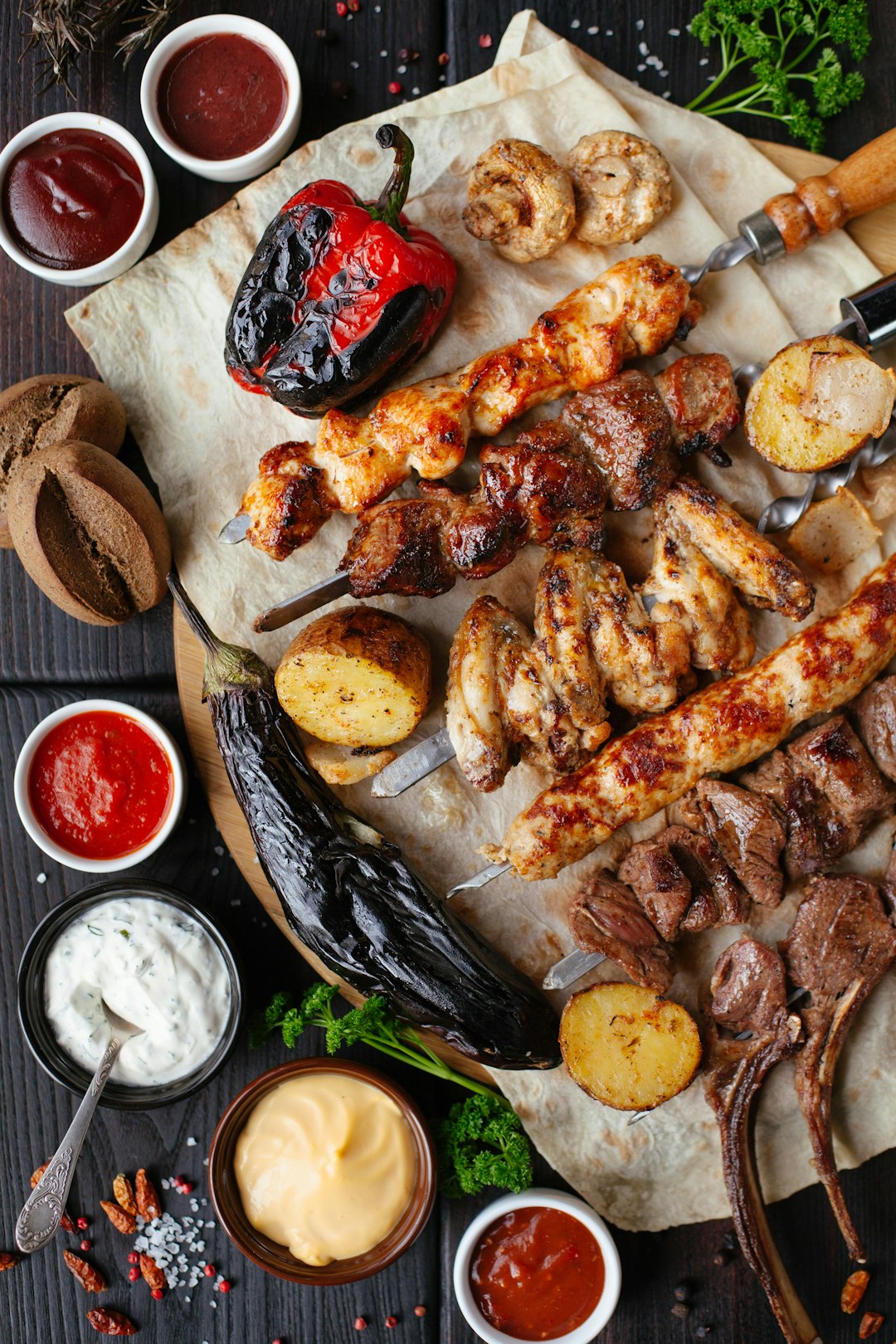
For a complete and memorable dining experience, consider pairing your smoked BBQ chicken with a selection of complementary sides. Crispy potato salad or creamy coleslaw offer a refreshing contrast to the rich, smoky flavors of the chicken. Grilled corn on the cob, charred vegetables, or a hearty bean salad add texture and variety to the plate. Don’t forget about fresh, crusty bread to soak up the delicious BBQ sauce—a staple for any true BBQ enthusiast. These classic sides not only enhance the taste profile but also create a visually appealing presentation, making it an ideal choice for gatherings with friends and family who appreciate a well-crafted Smoked BBQ Chicken Recipe.
Storage and Reheating: Keeping Your Smoky BBQ Chicken Delicious
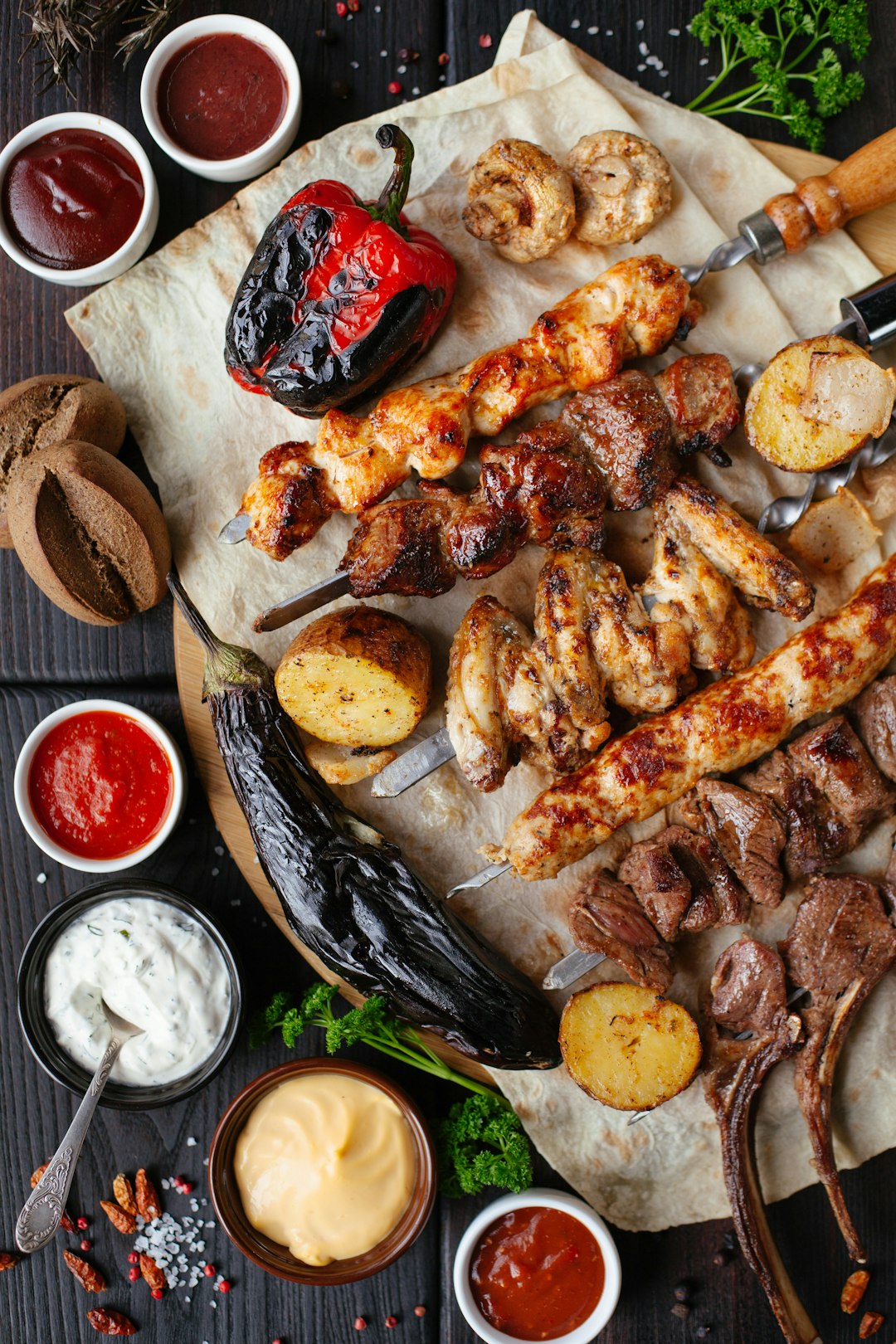
When it comes to storing your smoked BBQ chicken, the key is to maintain its delicious flavor and texture. Place any leftovers in an airtight container, ensuring they are cooled down first. Store them in the refrigerator for up to 3-4 days. For longer preservation, freeze individual portions in freezer-safe containers for up to 2 months. Defrost thoroughly in the fridge before reheating.
Reheat your smoked BBQ chicken in the oven at a low temperature (around 350°F or 175°C) until it’s warm throughout. Alternatively, you can toss it on a grill for a few minutes to crisp up the skin and infuse that smoky flavor again. Remember, proper storage and reheating techniques are essential to keep your smoked BBQ chicken recipe as mouthwatering as when it was first cooked.
